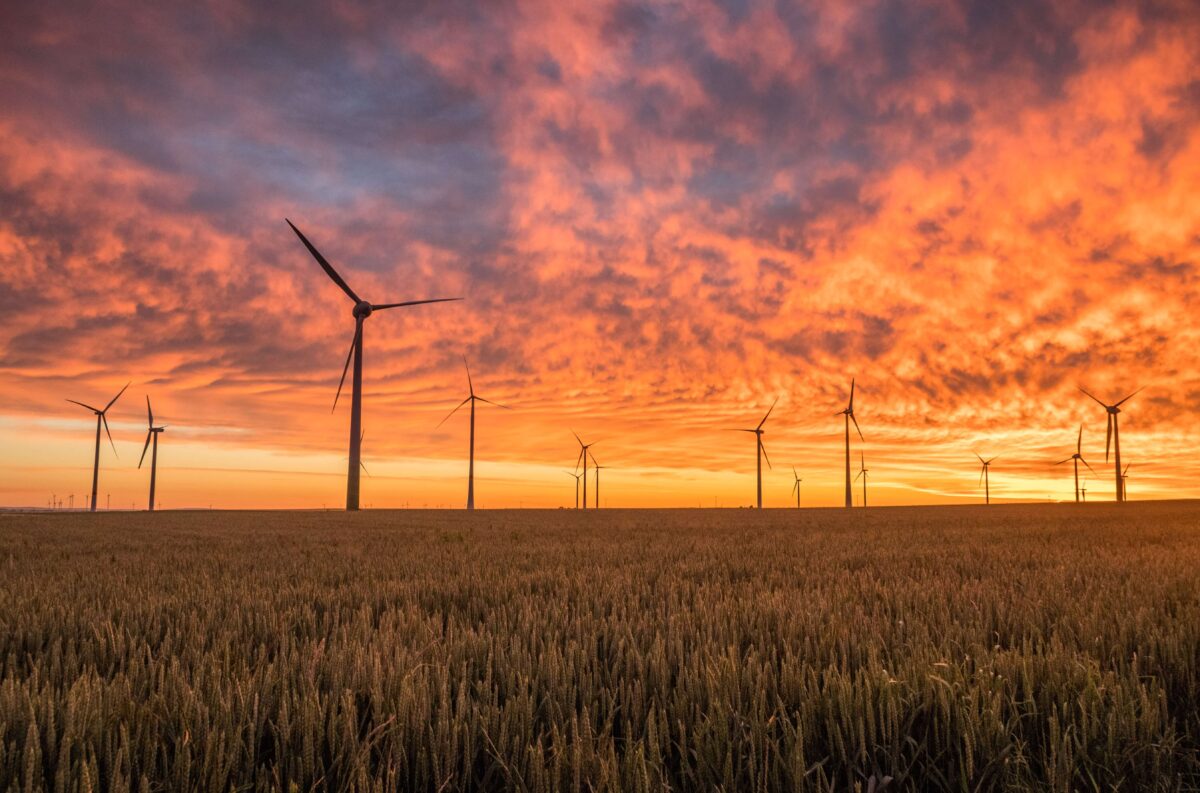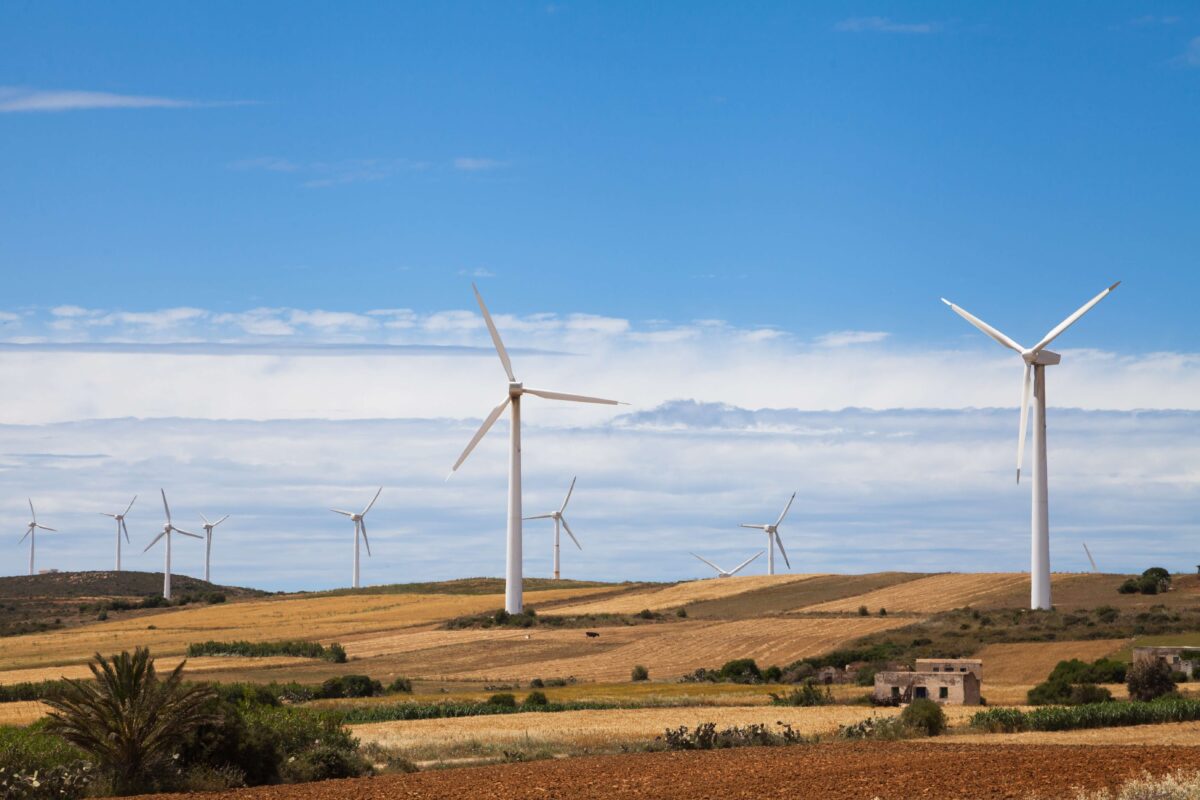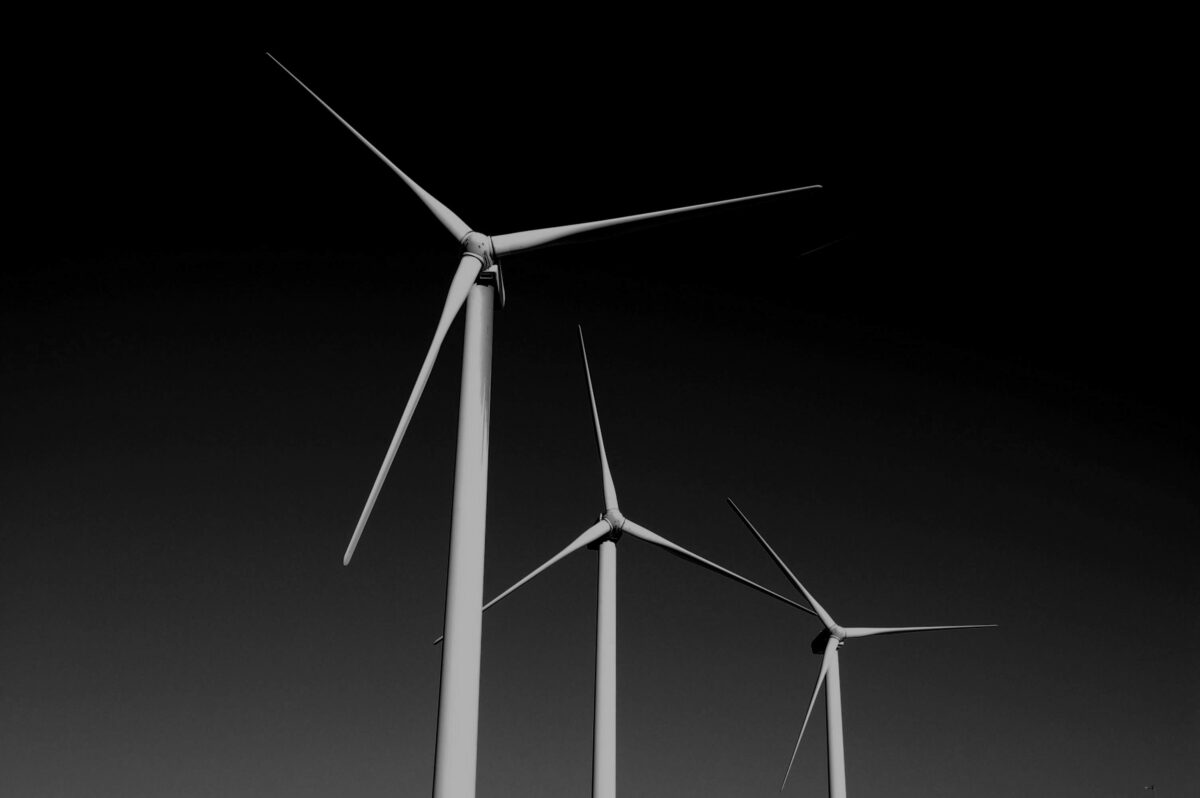EU Energy ministers not expected to discuss the bloc’s 2030 renewable energy target
Energy ministers from the 28 EU member states are not expected to discuss the bloc’s 2030 renewable energy target at next week’s Energy Council meeting in Brussels. Estonia, the current holder of the EU’s rotating presidency, said it did not expect an in-depth discussion and that the reference objective for renewables in 2030 remains the 27% target agreed by EU leaders in 2014. European Parliament has yet to formally adopt a stance on the renewable energy directive and will likely do so in a plenary vote in January.
New data shows that more than 40% of Wales’ electricity consumption in 2016 came from renewable sources. The Energy Generation in Wales 2016 report revealed an increase in electricity consumption from renewables in Wales from 32% to 43% in 2016. Wales’ installed capacity of renewables accounts for 18% of its total electricity generation, and much of that capacity comes from the UK’s biggest solar project located in Flintshire along with the largest wind project in England and Wales located in Pen y Cymoedd.
Global warming could have adverse effects on the generation of wind energy around the world, according to research from scientists at the University of Colorado Boulder. The paper, published in Nature Geoscience, used ten global climate models to explore how winds might change in both low- and high-emissions scenarios, and the authors found that wind resources will decrease across the northern mid-latitudes, mainly as a result of weather patterns associated with accelerated warming in the Arctic.
Chile is producing some of the cheapest energy in the world with solar and in just a few years has undergone an unprecedented boom in investment in renewables. Chile, which has recently joined Mexico and Brazil as one of the top 10 renewable energy markets in the world, aims to generate 20% of its electricity from renewables by 2025 and has seen energy costs fall 75% since auctions began three years ago. The latest of those auctions produced the second-lowest bid in the world for solar at 2.148 cents per kWh.
Construction started yesterday on Australia’s US$120 million Kennedy Energy Park, which is the country’s first utility-scale wind, solar, and storage hybrid generator connected to the national electricity network. The project combines 15 MW of solar power and 43 MW of wind energy coupled with 2 MW of lithium-ion battery storage. This news follows reports that Australia’s greenhouse gas emissions over the past year were estimated to be the highest on record, if previous land use emissions are excluded, according to estimates by the carbon consultancy NDEVR Environmental.
The price and popularity of Bitcoin and other cryptocurrencies has sky rocketed in the last week with one bitcoin reaching a peak value of US$17,000. The energy used to ‘mine’ the cryptocurrency is also rising, however, with the Bitcoin Energy Consumption Index tracker estimating annual energy use of almost 32 TWh, higher than 159 countries including Ireland. Amid growing environmental concerns, in some cases clean energy and energy efficiency are being considered to lower the carbon footprint of bitcoin. These schemes include mines using geothermal energy in Iceland as well as some using wind and solar power.
Energy networks and regulation
The head of networks at Ofgem has reiterated a warning to energy operators that tougher price controls should be expected as profit margins are deemed too high for current market conditions. This follows an earlier report from the Energy & Climate Intelligence Unit (ECIU) that network companies’ profit margins added £10 billion to consumer bills over a six-year period. Ofgem’s networks chief also made clear that innovation must become business as usual for energy suppliers and that they cannot be reliant on Ofgem funds for innovative programmes.
Two of the UK’s biggest energy companies have warned the price cap on energy bills put forward by the UK government could risk the installation of millions of smart meters. If the price cap was set too low, energy firms would be unable to recover their costs, and access to capital for the devices would be difficult and too expensive. Smaller suppliers and consumer groups have been more supportive of the price cap, however.
At the Low Carbon Networks and Innovation conference (LCNI) held last week, distribution network operator (DNO) Northern Powergrid unveiled a £4 million ‘Foresight’ fault detection software, which has been under development for a year. The software enables engineers to predict where and when possible faults on the low voltage network are likely to occur to allow for intervention before customers are affected. Once the first phase installation in complete, Northern Powergrid will start to interpret the data to identify the ‘fingerprint’ of a future fault, and the full project is expected to be implemented by 2020.
Electric vehicles and transport
A new report from Imperial College London and the NGO 10:10 suggests that electric railways could be powered by subsidy-free solar power. The research from ICL’s Energy Futures Lab found that solar arrays and integrated energy storage could supply around 10% of the energy needed to power trains on the UK’s DC electrified routes each year at a lower cost than electricity supplied from the grid. The report claimed that the biggest opportunity for such a system is the commuter rail network south of London where 200 small solar farms could provide 15% of the power needed to run trains on these routes.
Electric black taxis have been launched in London weeks ahead of the introduction of rule changes that require new cabs to be capable of emitting zero emissions. The new TX can travel 80 miles on a single charge and is fitted with a petrol engine if longer journeys are required. The manufacturer London Electric Vehicle Company (LEVC) expects drivers will save an average of £100 on fuel per week. Despite these savings, there are concerns over the lack of available charging points throughout the city, and the new cab’s price is over £10,000 more than the petrol equivalent.
A new EV car sharing service named ZITY will soon launch in Madrid, Spain. The collaboration between Ferrovial and Renault will see 500 Renault Zoe EVs deployed throughout the city. The EVs will feature a battery with around 186 miles of range in warm weather. Madrid is planning to ban internal combustion engine vehicles from most walkable parts of the city centre in 2018.
Distributed energy and microgrids
In response to Puerto Rico Energy Commission’s call for suggestions, energy company AES has proposed that Puerto Rico consider redesigning its grid to be a network of regional mini-grids powered by up to 10 GW of solar and 2.5 GW of battery storage. While such a plan could have financial benefits and reduce the island’s dependency on fuel imports, it would also help avoid the kind of energy system failure that continues to plague the island after Hurricane Maria. More than 30% of Puerto Rico still remains without power nearly three months after the storm.
A 250-home ‘virtual big battery’ has been switched on in Canberra, Australia, and it enables participants to sell generated solar power at a significantly higher price than through feed-in tariffs (FiT). With a PV capacity of 1 MW, the GridCredits platform designed by Reposit Power will allow community members to sell surplus power back to the grid while the aggregated generation capacity of the households will allow the batteries to support the grid at peak times. Reposit has said that its GridCredits programme could be worth nine times more per kWh for customers than receiving the FiT.
The UKs first local energy market will be trialled in East Fife in a 5-year project named FUSION. Ofgem is backing the SP Energy Networks project with £20.6m in funding to demonstrate how innovation and optimisation of existing infrastructure can deliver a flexible electricity system focused on the local community, capable of coping with rising demand.
Australian Renewable Energy Agency (ARNEA) has awarded Western Australia’s Horizon Power US$1.44 million towards a solar plus storage microgrid to test how weather affects behind-the-meter networks. Western Australia is vast and sparsely populated making power line installation expensive. Horizon Power’s aim with the pilot scheme, which involves 90 rooftop PV installations, is to reduce dependence on fossil fuels and lower the total cost of such distributed systems.




